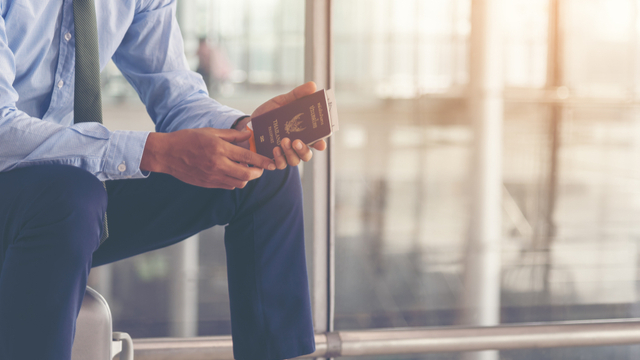International borders have been closed for 18 months, U.S. embassies abroad have been operating at a limited capacity, and yet employers struggle to find and retain talent. Corporate immigration, including H-1Bs and other visas, continues to provide a solution for savvy employers. Below are the most important immigration changes within the last year.
Remote I-9 Verification
Historically, I-9 forms have been completed by hand on paper, even after the creation of E-Verify. Almost two years into the COVID-19 pandemic, the U.S. government has at least temporarily shifted its stance and now permits the filing of remotely signed and verified I-9s.
In March 2020, the U.S. Department of Homeland Security (DHS) began temporarily permitting remote I-9 verification of identity and work authorization documents for newly hired and rehired employees within the Form I-9 onboarding process. The exception to the general rule came with the caveat that employers that had remotely verified I-9s would need to conduct an in-person verification when their employees return to on-site work.
Despite advancements in COVID-19 vaccination rates and treatments, the remote-work era shows no signs of letting up, which has caused ongoing ramifications for H-1B employers. The U.S. Citizenship and Immigration Services (USCIS) recently issued a notice seeking public comment about extending the temporary I-9 remote verification permissibility. The move makes it appear the agency may be considering additional flexibility moving forward beyond the virus.
The government is specifically seeking feedback from employers ranging from small nonprofits to large healthcare providers and technology firms before the comment period ends on December 27, 2021.
H-1B Workers with Remote Worksites
Besides the Form I-9 verification process, what else do employers need to worry about with H-1B employees working remotely? Two main things: LCA and H-1B worksite compliance.
With H-1B petitions being employee- and worksite-specific, the most important thing for employers to be cognizant of is the exact address at which an employee works and the proximity of the worksite(s) listed on the certified LCA and I-129 petition. H-1B employers should be proactive and check in with their employees to identify the location where they are working (or plan to work) for the next months, on a regular basis for immigration purposes.
Relocations of remote H-1B workers are becoming more common, and employers must keep up their H-1B and LCA compliance. Every H-1B employer is required to file an amended petition for an H-1B employee relocating outside of commuting distance. Failure to file an amended petition is a clear violation of the terms agreed to in the H-1B petition filing, which places the employer at risk for sanctions and/or noncompliance penalties.
Upon any move within the United States, all H-1B employees also must file Form AR-11 with USCIS to notify the government of any change in address within 10 days of moving. Failure to do so risks penalties for the H-1B employee and their dependents and may affect an immigrant visa process down the road.
If an H-1B employee is planning to move outside of normal or typical commuting distance to the worksite, then the employer must file an amended H-1B petition. It wouldn’t be needed, however, for someone relocating within the same county. Instead, the H-1B employee would be required to post the certified LCA in duplicate in two places at the new H-1B worksite within commuting distance for 10 days, and the H-1B employer would record the new posting and document it in the employee’s public access file.
If the new H-1B worksite is outside of the normal commute, then the employer would need to file a new LCA and have it certified by the U.S. Department of Labor (DOL) before filing a new amended H-1B petition listing the new worksite.
International Travel Restrictions
On November 8, the United States lifted COVID-19-related travel restrictions for foreign nationals who are fully vaccinated and seeking entry into the country. Evidence of a negative coronavirus test taken within three days of entry into the country also will be accepted. There are limited exceptions for unvaccinated children, vaccine clinical trial participants, and those traveling for an important reason who lack access to the shots in a timely manner.
Although travel back into the United States is becoming less restrictive, travelers must keep in mind that many U.S. consulates and embassies abroad are still operating on an emergency appointment or limited basis only, while others remain completely closed. As a result, individuals with expired visa stamps still risk not being able to reenter the country. To reenter in valid and proper status, they must be prepared to:
- Comply with updated testing or vaccination requirements; and
- Present the proper travel documents including unexpired passports and visa stamps.
Roger Tsai is a partner in Holland & Hart LLP’s labor and employment practice group whose practice focuses on immigration law. Roger practices out of the firm’s Denver, Colorado, office and may be reached at rytsai@hollandhart.com.
The post Immigration Updates in COVID-19 Times appeared first on HR Daily Advisor.
